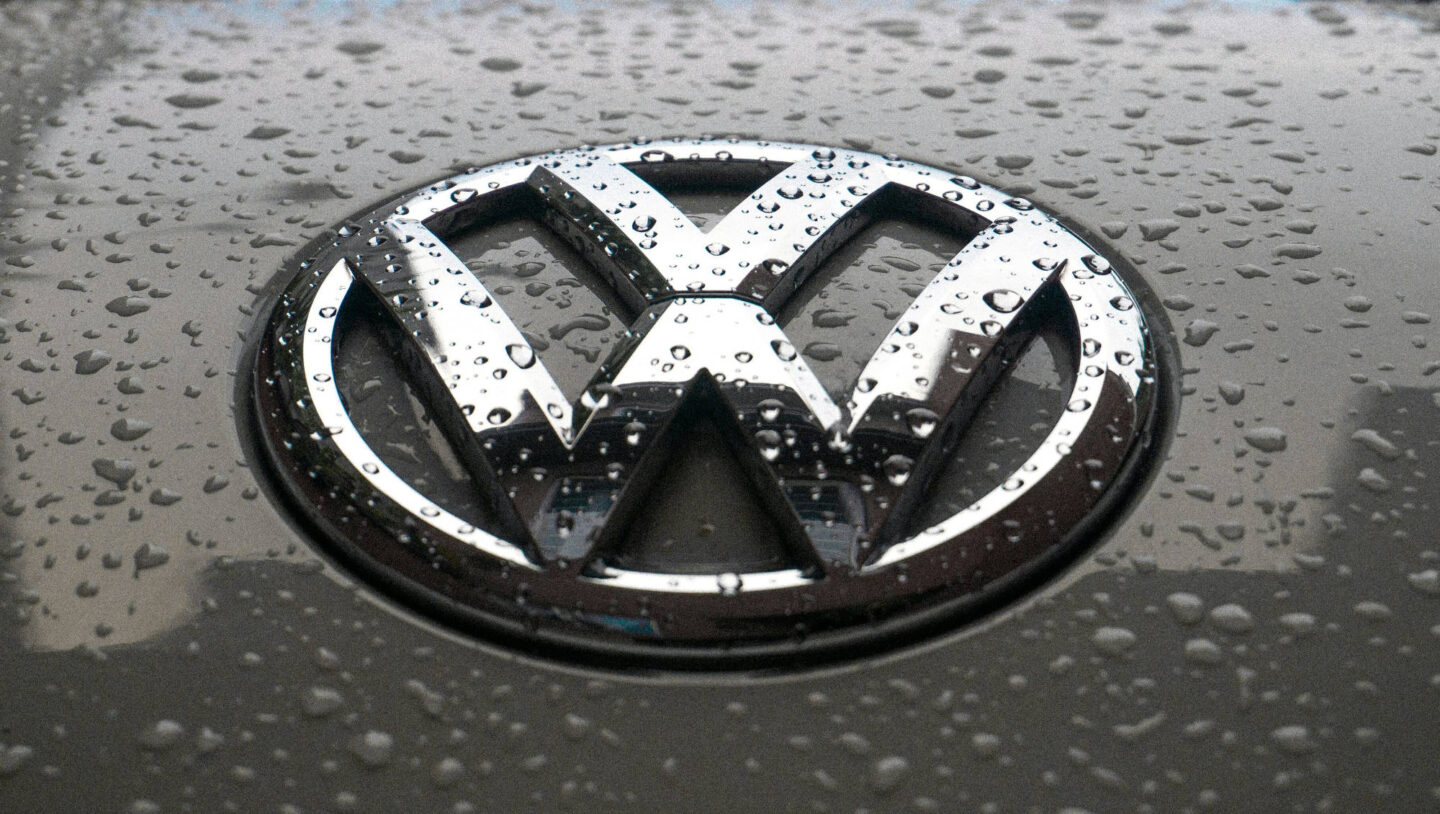
How does sustainable leadership work?
This episode takes you behind the scenes of a recent gathering led by the World Business Council for Sustainable Development together with IMD, where David Bach sat down with two sustainability leaders....

by Michael Skapinker Published April 17, 2025 in Leadership • 6 min read • 
Here are some news stories about tech giant Meta from the past few years.
December 2022: Meta pays $725m, without admitting liability, to settle a lawsuit over claims it allowed Cambridge Analytica, a political consulting firm, and others to access the data of up to 87 million users.
May 2023: the EU fines Meta u20ac1.2bn for privacy violations.
July 2024: Meta agrees to pay the state of Texas $1.4bn after allegations that it used millions of peopleu2019s biometric data without consent.
How badly did these events affect Metau2019s performance? At the end of 2024, it announced revenues up 22% and net income up 59%, and it said that the number of people using its services, which include Facebook, Instagram, and WhatsApp, rose 5% in December to 3.35 billion daily.
So, hereu2019s one answer to what companies should do when they have lost customersu2019 trust: just carry on. When billions use your products to keep in touch with family and friends and to share news of holidays, hairstyles, and side hustles, they are prepared to overlook misuse of their data.
Then again, look at Boeing: five years after two of its 737 Max aircraft crashed, killing 346 people, the company is still embroiled in the legal consequences. Its reputation has taken the biggest hit in its 109-year history. Its recovery has been hampered by a door plug of an Alaska Airlines Boeing 737 Max blowing out in mid-flight in January 2024 u2013 and the discovery by investigators that Boeing workers had been warning of slapdash production practices before the accidents.
There is an obvious difference between Meta and Boeingu2019s troubles: no one died from the alleged data breaches. But then no one died, at least not directly, from u201cDieselgateu201d, the discovery that Volkswagen had installed u201cdefeat devicesu201d that allowed millions of its vehicles to reduce their nitrogen oxide emissions when they were in an environmental test laboratory. Although the story broke in 2015, the legal ramifications rumble on. Martin Winterkorn, the VW chief executive who resigned after the scandal became public, went on trial in Germany in September.
u00a0

“The VW affair was striking in the deception involved, but other corporate breaches have flamed and died away.”
Admittedly, the VW affair was striking in the deception involved, but other corporate breaches have flamed and died away. Who remembers the u201chorsemeat in beefu201d scandal of 2013?
I have been reporting on corporate scandals for nearly 40 years. (My first was the mid-1980s Guinness scandal in which several executives went to prison for artificially boosting the companyu2019s shares during a takeover battle.) Why some scandals dominate the news and others donu2019t depends on many factors, including what else is happening at the time.
However, for scandals that stick, and companies never know when they will, I have observed several practices leaders should follow when their organizations are in trouble.
The first is to immediately acknowledge the severity of what has happened. Boeing failed to do this. While expressing its u201cheartfelt condolences and sympathiesu201d to the families of those killed in the two crashes, it said it had been working to u201cmake an already safe aircraft even saferu201d. The Boeing 737 Max was far from safe. It emerged that it incorporated software that forced the planesu2019 noses down when they were in danger of stalling, but with a tendency to over-correct. Boeing test pilots had discovered the issue in simulator flights, but the company had failed to act.
Instead of claiming the 737 Max was safe, Boeing would have done better to ground the aircraft rather than waiting for the worldu2019s regulators to do it (which they soon did). It should then have announced an immediate investigation into the planesu2019 functioning.
Second, if people have been injured or killed, make them your priority. The textbook airline industry best-practice case was a British Midland aircraft crash on a motorway embankment in England in 1989. Forty-seven passengers died, but 79 survived, many of them injured. Michael Bishop, the airlineu2019s chief executive, went straight to the site to give interviews and supervise the rescue operation. Where injuries or deaths have occurred, companies should immediately announce telephone hotlines for those affected and appoint people to liaise with families.
Third, ensure your staff understand what is happening, as they will feel it deeply if their company is being trashed on the news and social media. Top management needs to level with them. In 2002, when Nike was criticized for its suppliersu2019 use of child labor, Maria Eitel, its vice president for corporate social responsibility, told me that the worst aspect was the effect on employeesu2019 morale. She said: u201cThey were going to barbecues and people would say: u2018How can you work for Nike?u201d Tell staff the truth and update them on what the company is doing. They are your best ambassadors.

Fourth, get the story out. We all tend to minimize any harm we might have done or hope no one ever finds out the worst. In todayu2019s news environment, that is a vain effort. It will not be just mainstream reporters digging into what happened. So will legions of social media sleuths. There may be an official inquiry, where the worst will emerge. In the case of the Boeing crashes, the US congressional inquiry uncovered the headline-generating statement of a factory supervisor who had told his boss: u201cFor the first time in my life, Iu2019m sorry to say that Iu2019m hesitant about putting my family on a Boeing airplane.u201d
At every point, companies in trouble should say what they know rather than having it dragged out of them. One obstacle to companies being open is fear of admitting legal liability. But Keith Ruddock, who worked as an in-house lawyer for the Weir Group and Shell, wrote in 2018: u201cIf a lawyer takes their role of protecting the company from any legal exposure in a crisis situation too far, they may (eventually) win the legal case, but could well have already lost the reputational argument. Most companies can withstand a major financial impact, but a reputational disaster will take years to recover from.u201d
Fifth, the organization will probably need new leaders if the corporate crisis was caused by lax or bad management. At Boeing and VW, the problems went too deep for the existing top management to continue. That is not to say the corporate scandal will be the end of it. For example, VW now faces additional problems, such as a lack of competitiveness in the transition to electric vehicles and falling market share in China.
The final lesson on dealing with loss of trust is to try not to lose it in the first place. A company that focuses on doing the best for its customers, without cutting corners, and listening to its people when they report problems, is less likely to run into trouble. This does not mean it never will; running a business for any length of time without something going wrong is hard. Where that trouble could come from is something leaders should examine regularly u2013 as well as asking those who produce the products and staff who deal directly with the customers. If a reputation-wrecking scandal is brewing, they will be the first to know, which may avoid serious trouble later. Not every company can skate over its problems the way Meta has u2013 and even it had to pay out billions for its lapses.

Contributing editor of the Financial Times
Michael Skapinker is a contributing editor of the Financial Times and the author of Inside the Leaders’ Club: How Top Companies Deal with Pressing Business Issues. He is also a member of the I by IMD editorial board.

April 17, 2025 • by David Bach, Felix Zeltner in Leadership
This episode takes you behind the scenes of a recent gathering led by the World Business Council for Sustainable Development together with IMD, where David Bach sat down with two sustainability leaders....

April 15, 2025 • by Knut Haanaes in Leadership
Writing reports that go unread, weekends wasted working on non-essential tasks, and unrealistic targets that can never be met. Top talent is being left exhausted and demoralized. Here are seven ways to...

April 11, 2025 • by Michael D. Watkins in Leadership
Michael Watkins outlines the simultaneous need for acuity and inner rootedness – what he calls Grounded Edge Leadership – to navigate increasing change and uncertainty....

April 11, 2025 • by Jim Pulcrano, Jung Eung Park, Christian Rangen in Leadership
Founders searching for funding must be targeted in their approach to securing a lead investor. A global survey of VCs offers valuable insights into what makes them tick....
Explore first person business intelligence from top minds curated for a global executive audience